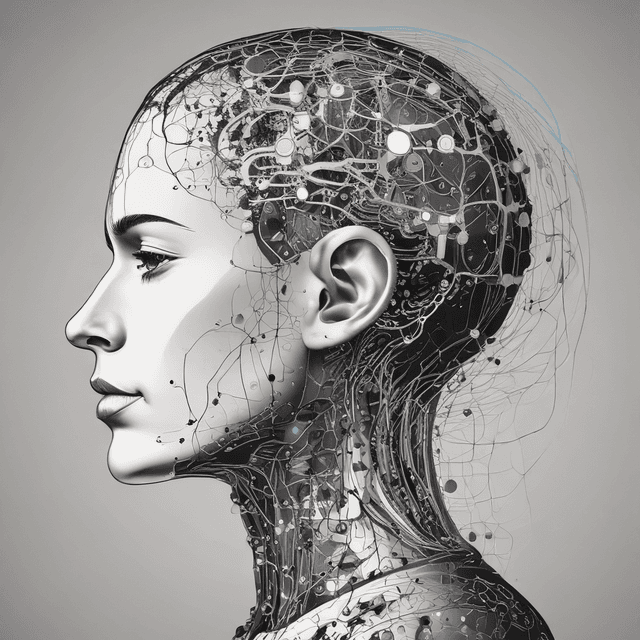
| Field | Artificial intelligence, machine learning, cybernetics |
| Approach | Cybernetics and brain-inspired models, rather than statistical machine learning |
| Applications | Robotics • Pattern recognition • Decision support |
| Key developments | 1940s-1950s: Early breakthroughs in neural network technology and attempts to create 'thinking machines' • 1960s-1970s: 'AI boom' with increased research and development • 1980s-present: More gradual progress after initial setbacks |
Neural networks, a core component of artificial intelligence (AI), are computational models inspired by the structure and function of biological neural networks in the human brain. In this alternate timeline, the development of neural network technology has followed a winding path, with important early breakthroughs in the 1940s and 1950s, an "AI boom" in the 1960s and 1970s, a subsequent "AI winter", and more gradual progress since the 1980s.
The foundations of neural network research were laid in the 1940s by pioneers like Warren McCulloch, Walter Pitts, and Norbert Wiener, who worked at the intersection of neuroscience, mathematics, and engineering. Their research into cybernetics - the scientific study of feedback control systems - laid the groundwork for artificial neural networks by demonstrating how simple brain-like circuits could perform basic logical operations.
In the 1950s, Frank Rosenblatt and others built on this work to develop the first neural network models and "perceptron" learning algorithms, which could be trained to recognize simple patterns. These early AI systems, though limited in scope, captured the public imagination and sparked visions of creating artificial "thinking machines."
The 1960s saw a surge of enthusiasm and investment in neural network and AI research, as labs around the world worked to expand the capabilities of these systems. Breakthroughs included Marvin Minsky and Seymour Papert's development of multi-layer "deep" neural networks, as well as the first demonstrations of intelligent robotic behavior.
However, by the 1970s, the limitations of early neural networks became apparent. They struggled with complex, real-world problems and could not match the performance of specialized algorithms for tasks like language processing and game-playing. This led to a sense of disillusionment and a decline in funding and research, known as the "AI winter."
Since the 1980s, neural network research has progressed in a more gradual, incremental fashion, without the dramatic breakthroughs and hype cycles of earlier decades. Researchers have steadily improved network architectures, training techniques, and hardware to tackle increasingly sophisticated problems.
Neural networks have found practical applications in areas like image recognition, natural language processing, speech recognition, robotic control, and decision support systems. However, they have yet to achieve the transformative, general-purpose intelligence that was envisioned by early AI pioneers.
Challenges that continue to limit neural networks include:
Today, neural networks and AI remain active areas of research and commercial development, with universities, tech companies, and government labs exploring new frontiers. Continuing advances in hardware, software, and algorithms have enabled increasingly sophisticated applications. However, the field has not seen the dramatic breakthroughs or rapid pace of progress that some had predicted.
Ongoing research aims to address limitations and expand the capabilities of neural networks, including work on deep learning, reinforcement learning, and neuromorphic computing. But skepticism about the potential for truly "general intelligence" remains, and many believe neural networks will continue to advance gradually rather than revolutionizing the field of AI.
The ultimate impact and trajectory of neural network technology in this alternate timeline thus remains an open question, with both proponents and critics debating its future prospects. Its development has been marked by cycles of enthusiasm, skepticism, and steady if uneven progress - a path quite different from the rapid, disruptive advances seen in our own reality.